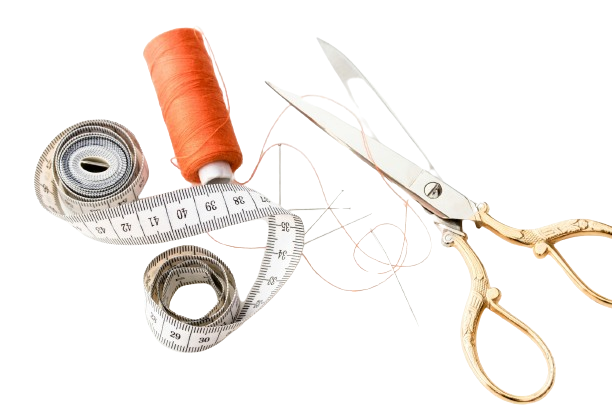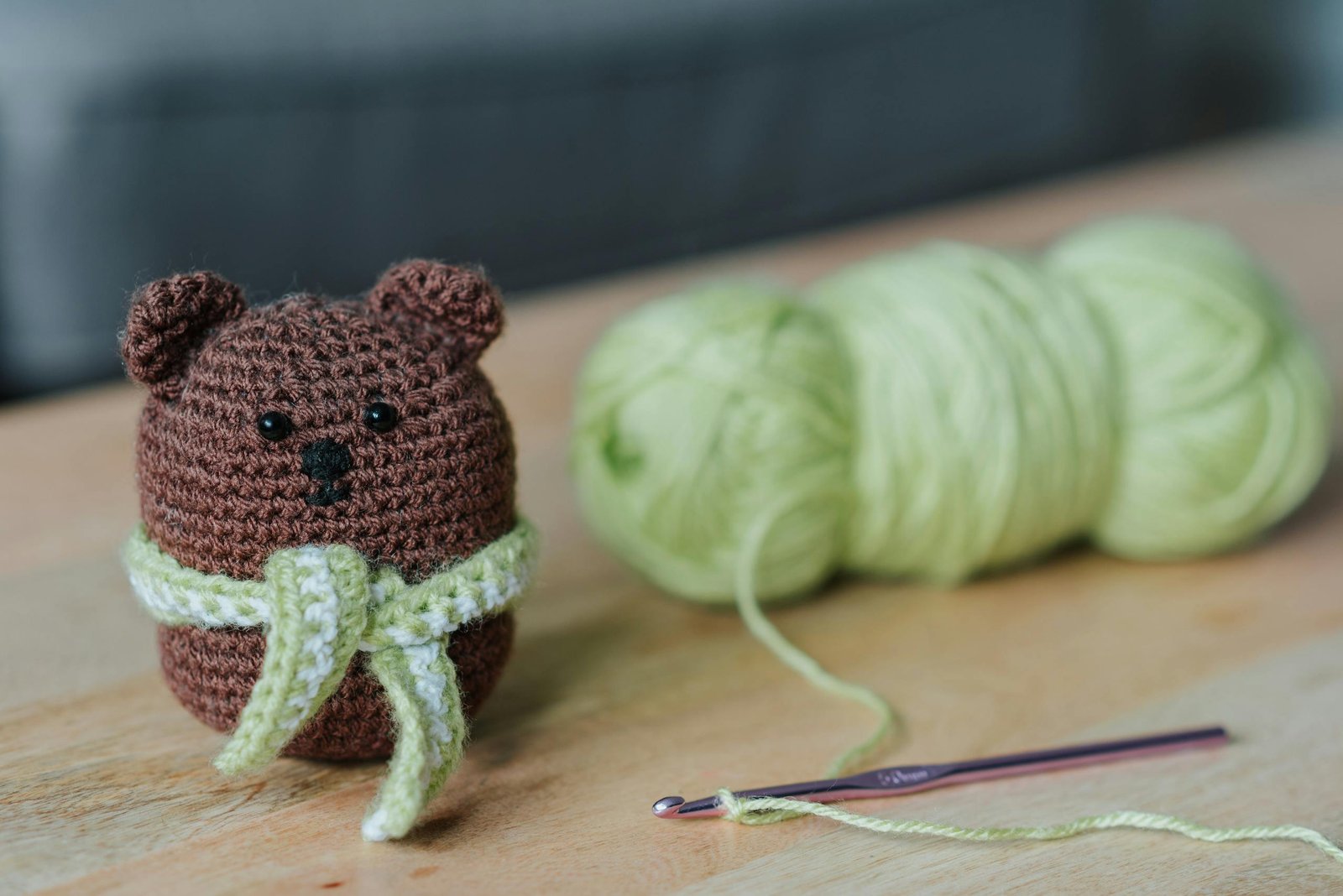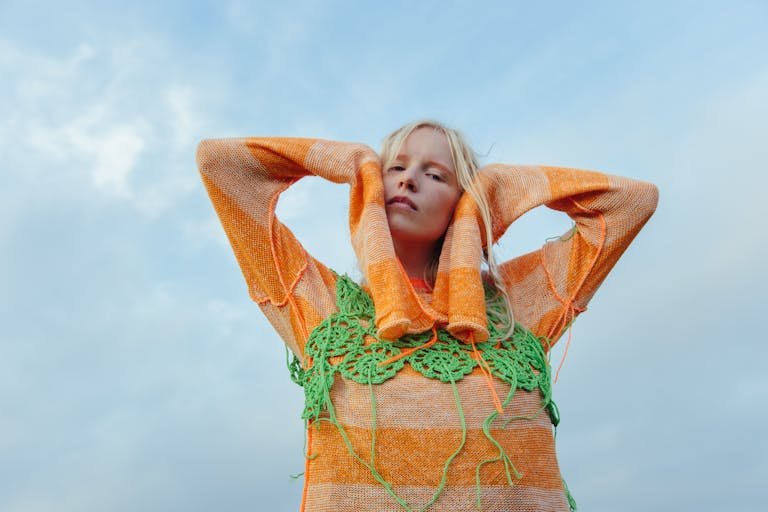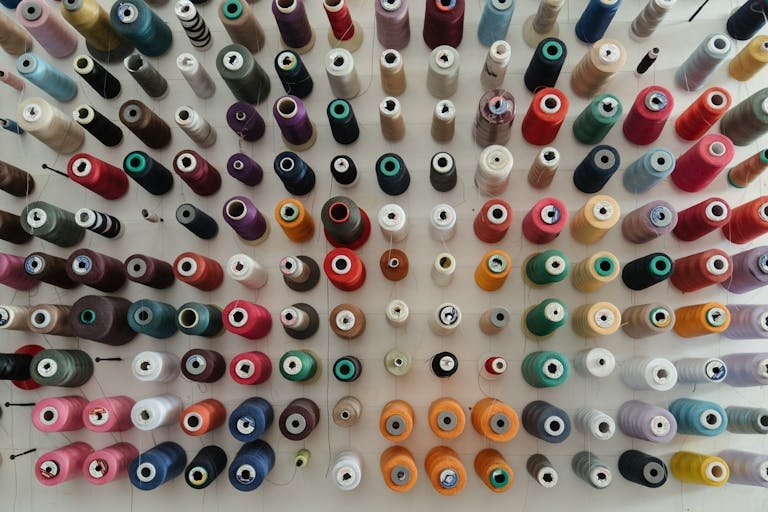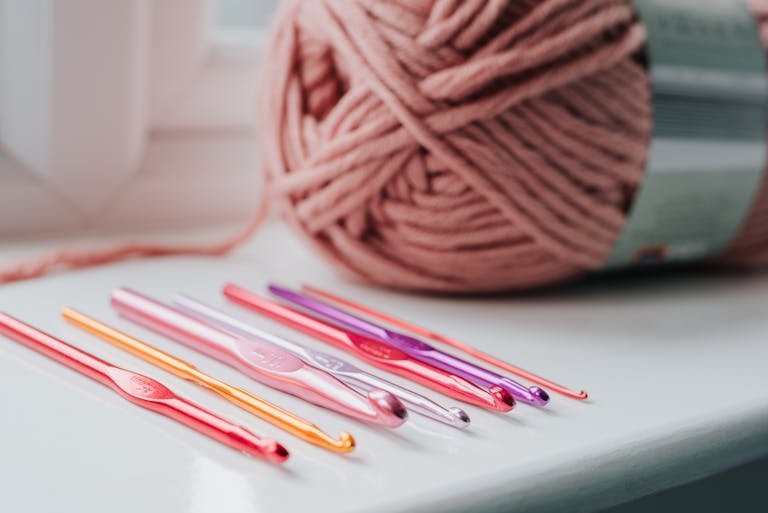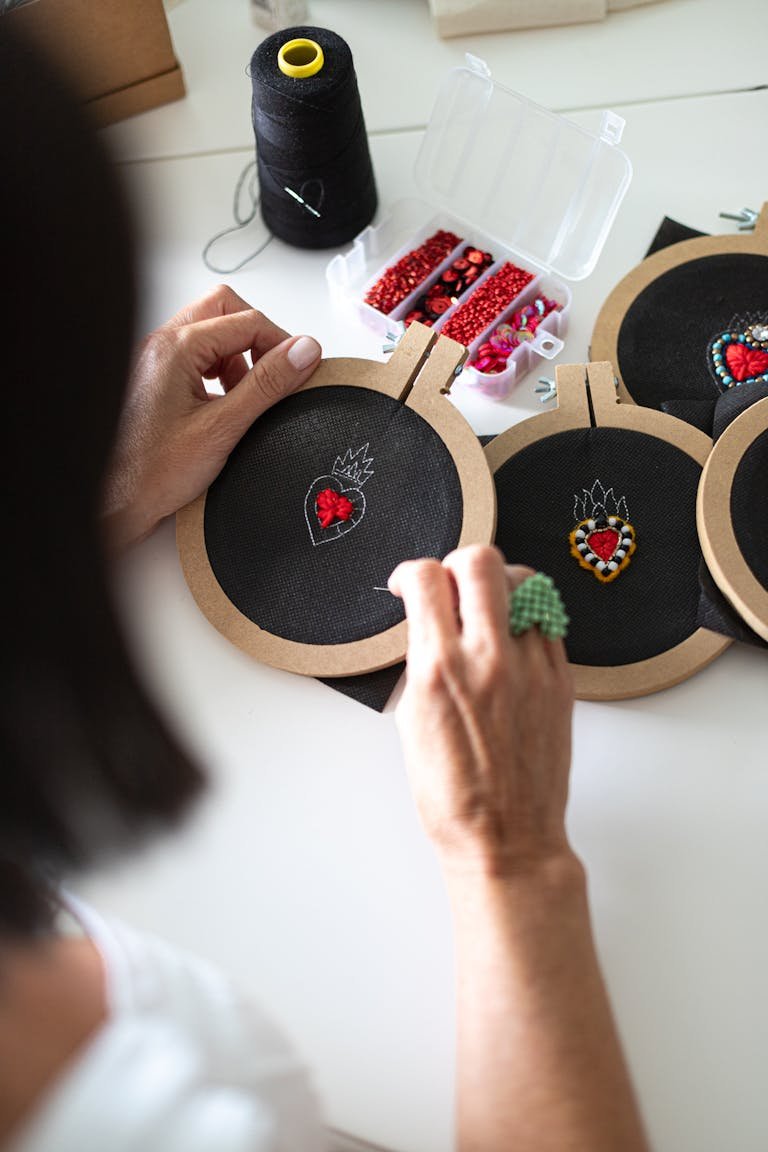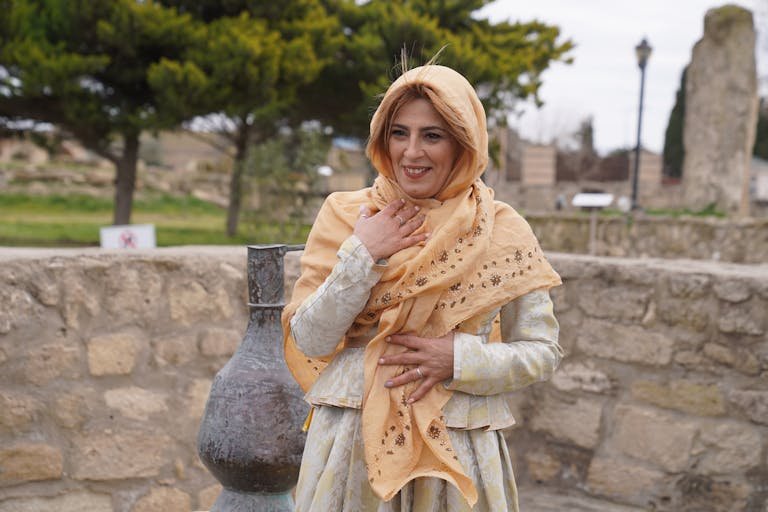Master Your Crochet Hook Grip
Crocheting is a beloved craft that allows creators countless options for expression and imagination. A crocheting hook is a useful tool that is used in the crocheting art process where you create fabric by joining the loops together with a hook. Be it the graceful lace doily or chunky blanket, the hook is your faithful companion on the journey to creation. This guide will represent some How to Hold a Crochet Hook in simple steps, that all crochet enthusiasts should follow, knowing that a well-held crochet hook results in a glorious and pleasant experience.
What is a Crochet Hook?
The crochet hook is a handle or tool used to produce loops from string or yarn then interlink them to create stitches. The crochet hook is one of the most useful tools in crocheting, which is a commonly used crafting type that can produce all types of projects, ranging from blankets and scarves to toys (amigurumi) and home decorations.
Parts of a Crochet Hook
Understanding the anatomy of a crochet hook can help you use it more effectively.
- Shaft: The top part of the hook where the top of the hoop is located.
- Hook: The hook that comes from one side to the other is the one that carries the string through loops.
- Handle: The part you hold, designed for comfort and grip.
Types of Crochet Hooks
Crochet hooks come in various materials, each offering unique benefits:
- Steel Hooks: Ideal for fine thread work, such as lace.
- Aluminum Hooks: Lightweight and smooth, great for all-around use.
- Plastic Hooks: Budget-friendly, choosing from a variety of beautiful colors.
- Bamboo and Wooden Hooks: Eco-friendly, the texture of which is warm and comfortable, and which lets you have a good grip.
- Ergonomic Hooks: Specially designed to relieve the pressure in your hand to ensure that crafting sessions are without interruption.
Sizes of Crochet Hooks
Crochet hooks are sized in millimeters or through a lettered system. The size you choose affects your project’s final look:
- Millimeters (mm): Sizes range from 0.6 mm (very fine) to 25 mm (extra-large).
- Lettered System: Commonly used in the US, with sizes like B-1 (2.25 mm) to S (19 mm).
How to Hold a Crochet Hook?
Materials You Will Need
Before starting it you should need to gather the following materials:
- Crochet hook (Choose a comfortable size for your hands)
- Yarn (Any weight will do for practicing)
Understanding Different Crochet Hook Grips
There are two primary ways to hold a crochet hook: to the Pencil Grip and the Knife Grip. A grip offers all it’s own, and the one which is the best for you is the one you feel comfortable with, and the way you do your crocheting.
1. Pencil Grip: Mimicking a Writing Tool
Visually, The Pencil Grip looks like holding a pencil. lighter waves are often go-to option for people who want something less intense.
How to Hold the Crochet Hook with Pencil Grip
- Position the Hook: Position the crochet hook near the paper as if you were ready to write. Should settle back the handle in your palm.
- Pinch the Thumb Rest: The thumb rest pinch is done using the thumb and index fingers. It is the flat region on the hook. There are two options: the thumb may be placed on the string rest or ever so slightly in front of it for a higher control.
- Support with Middle Finger: Your middle finger should also lie under the hook on the side to ensure the security of your position.
- Angle the Hook: Make sure the hook consists of a slight angle towards you and not a vertical or horizontal straight line.
2. Knife Grip: Similar to Holding a Knife
The Knife Grip is similar to a butter knife grip that you use for spreading. With this support, it becomes easier to control the handle and perform the actions needed for basic crochet.
How to Hold the Crochet Hook with Knife Grip
- Position the Hook: Imagine you’re holding a knife made to cut foods. The handle itself should be against the back edge of your palm.
- Grip the Hook: Hold the hook on your thumb and index finger on either side of the thumb rest.
- Support with Other Fingers: Let your other fingers curl around the handle for better grip and assistance.
- Angle the Hook: As it does with Pencil Grip, remind to point the hook side towards you.
Common Mistakes and How to Avoid Them
Even experienced crocheters can fall into bad habits. Here are some common mistakes and tips to avoid them.
Common Mistakes
- Gripping Too Tightly: It causes fatigue of fingers and results in irregular seams.
- Incorrect Hook Angle: Clogs pinpoint making it difficult to get smooth stitches.
- Inconsistent Yarn Tension: Yields a crooked line of stitches and an unbalanced piece of fabric.
Avoiding Mistakes
- Practice Relaxed Grips: Practice regularly, being careful to hold the hook and yarn light.
- Check Hook Angle: Periodically check the angle of your hook to make sure that your hook is slightly in line with you, point to the side.
- Maintain Consistent Tension: Ensure there is no slack or looseness in your yarn hand and maintain the tension throughout knitting.
Advanced Techniques for Holding a Crochet Hook
As your expertise in basic grips expands, you will most likely be ready to tackle more advanced methods to enable you to crochet faster.
Reducing Hand Fatigue
- Take Regular Breaks: Pause every 20-30 minutes to stretch your hands and fingers.
- Use Ergonomic Hooks: Consider using ergonomic crochet hooks designed to reduce strain.
- Maintain Good Posture: Sit with your back straight and your wrists straight and not too bent.
- Relax Your Grip: It is important to avoid too hard clutch of the hook and yarn.
Read Also: How To Make A Shawl?
Advanced Tips
- Hybrid Grips: Combine the marks of the Pencil grip and Knife grip for grip.
- Finger Positioning: Turn your fingers into positions for more detailed stitches.
- Speed Crocheting: Create instruction methods to make faster crochet without lowering the standards.
Final Words
The ability to hold a crochet hook is a foundation for learning crochet, and it will be your key to making crocheting a thrilling experience. What each individual’s preference is, either the Pencil Grip or the Knife Grip, what counts is to look for a way that you KNOW it is comfortable and it lets you crochet fast. By trying out all the different sorts of grips and learning the appropriate yarn handling, you can enjoy the best of this creative pastime.
